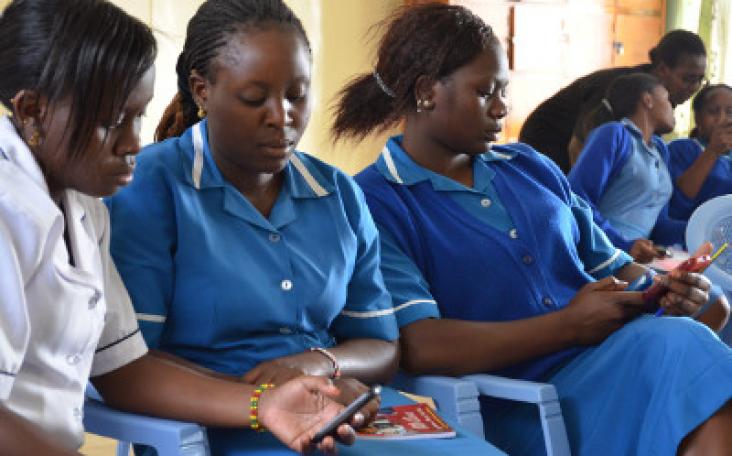Rationale: Food insecurity has emerged as an important, and potentially modifiable, risk factor for depression.

In order to achieve SDG target 3C, investments in the healthcare workforce is essential. New and innovative methods need to be deployed to train and develop the skills of healthcare workers. In Kenya, AMREF has launched a programme that enables nurses to learn on their mobile phones through a mobile nursing education app. Supported by a three-year grant from the Elsevier Foundation, Jibu (the name of the m-learning programme), offers a low-cost yet effective way for nurses to access up to date content.
This book chapter advances SDG 3 and 5 by explaining how maternal immunization prevents infectious diseases in the mother and infant during a period of increased vulnerability.
Background In the past two decades, the under-5 mortality rate in China has fallen substantially, but progress with regards to the Millennium Development Goal (MDG) 4 at the subnational level has not
Background China has experienced a remarkable epidemiological and demographic transition during the past three decades. Far less is known about this transition at the subnational level.
Background Millennium Development Goal 5 calls for a 75% reduction in the maternal mortality ratio (MMR) between 1990 and 2015.
Climate change refers to long-term shifts in weather conditions and patterns of extreme weather events. It may lead to changes in health threat to human beings, multiplying existing health problems.
This content aligns with Goal 3: Good Health as well as Goal 10: Reduced Inequalities by reviewing the mechanisms of viral spread that are facilitated by cell–cell interactions and cell migration and discuss their implications for viral transmission, pathogenesis, and prevention.
We examine human displacement among indigenous tribal conservation refugees—the Sahariya—recently displaced from a wildlife sanctuary in central India.
Background: The Global Burden of Disease, Injuries, and Risk Factor study 2013 (GBD 2013) is the first of a series of annual updates of the GBD.
